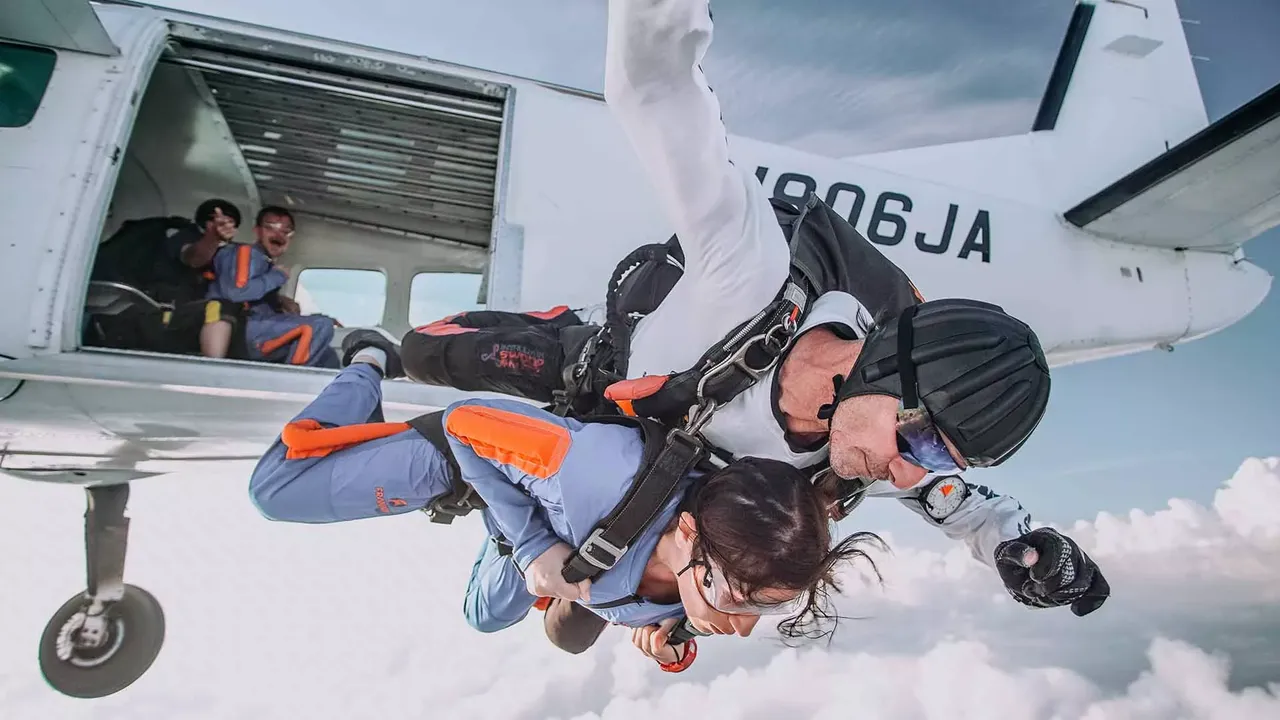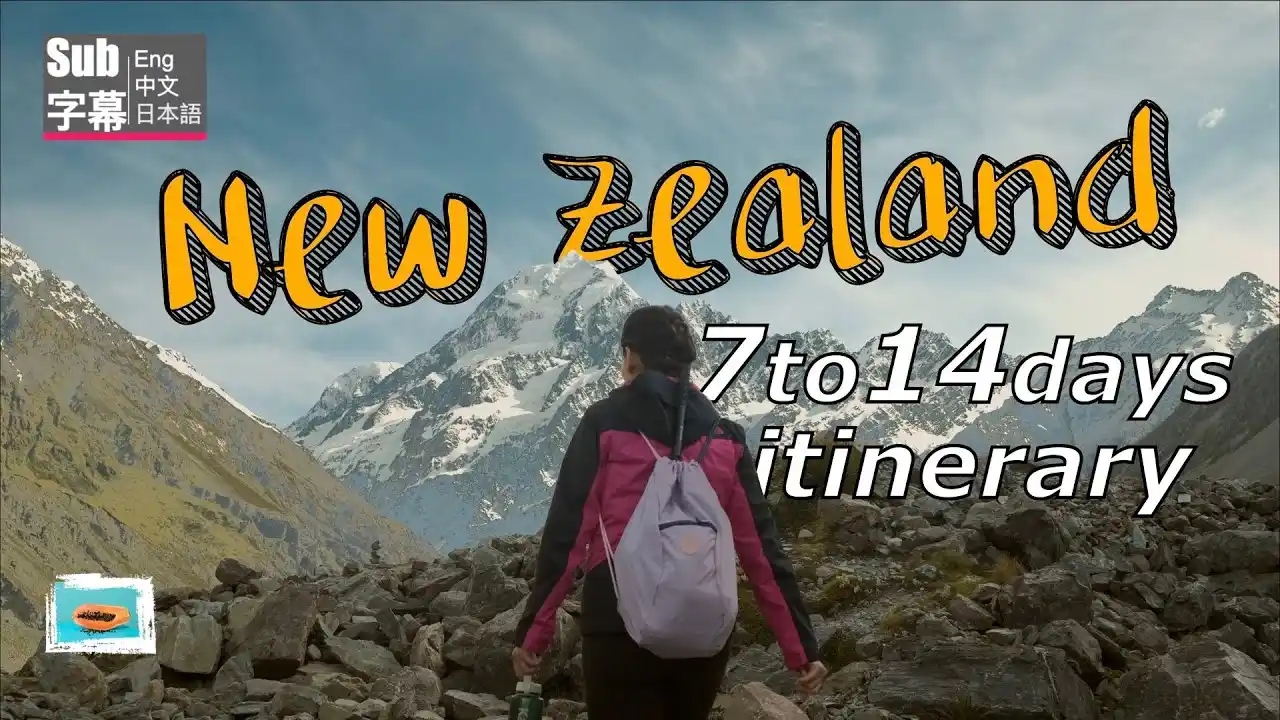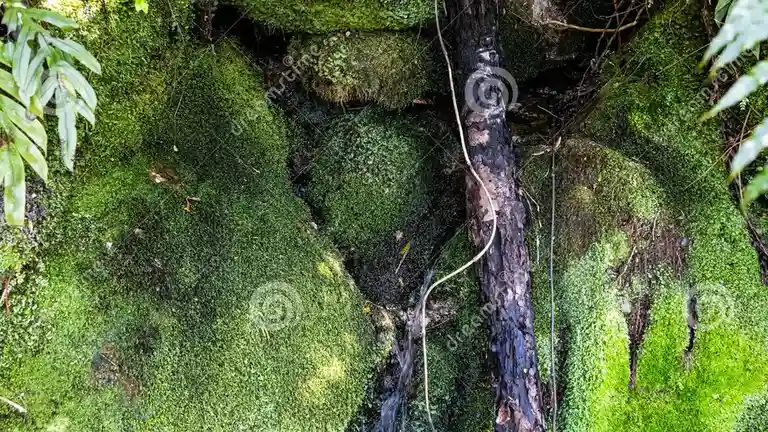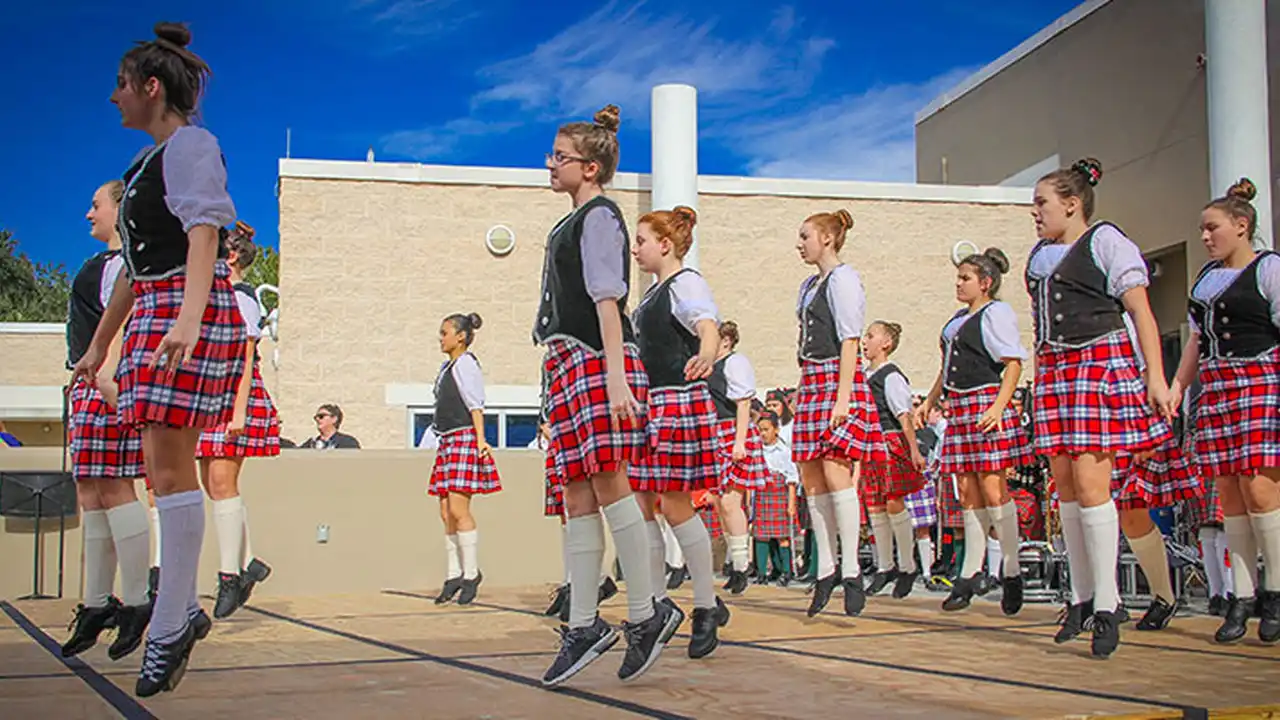Skydiving in New Zealand: A Once-in-a-Lifetime Experience
Sample meta description.

Why New Zealand is the Ultimate Skydiving Destination Skydiving Locations
Alright, picture this: you're strapped into a harness, the door of a tiny plane swings open, and below you stretches the most breathtaking scenery you've ever laid eyes on. Snow-capped mountains, shimmering turquoise lakes, lush green forests – that's New Zealand. And that's why it's THE place to go skydiving. Seriously, forget jumping over a parking lot; this is next-level stuff.
New Zealand offers a variety of skydiving locations, each with its own unique charm. Want to jump over Lake Taupo, the largest lake in New Zealand? Done. Fancy freefalling with views of the Southern Alps near Queenstown? Easy. Or maybe you'd prefer the coastal scenery of the Bay of Islands? The options are endless! The sheer variety makes it perfect for both first-timers and seasoned adrenaline junkies. You're not just jumping; you're experiencing New Zealand in the most unforgettable way possible.
Preparing for Your First Jump Skydiving Safety Tips Skydiving Gear
Okay, so you're pumped, right? But before you go all Maverick, let's talk prep. First things first: book your jump in advance. Popular spots fill up fast, especially during peak season (summer months). Read reviews of different skydiving operators – safety is paramount, people! Look for companies with experienced instructors, good safety records, and well-maintained equipment.
On the day of your jump, wear comfortable clothing and closed-toe shoes. They'll provide you with a jumpsuit, harness, and goggles. Listen carefully to the safety briefing – this isn't the time to daydream about Hobbits. They'll go over everything from the proper body position during freefall to how to deploy your parachute. Ask questions if anything is unclear. Seriously, no question is too dumb when you're about to jump out of a perfectly good airplane. And most importantly, relax! Easier said than done, I know, but try to enjoy the build-up. The anticipation is half the fun.
Regarding gear, it's all about safety and functionality. Your harness is your lifeline, so make sure it fits snugly and is properly adjusted. The jumpsuit protects your clothing and provides a bit of wind resistance. Goggles are essential for keeping your eyes from watering uncontrollably during freefall. And of course, the parachute – the most important piece of equipment of all! Modern parachutes are incredibly reliable, and your instructor will be there to guide you through the entire process.
The Skydiving Experience What to Expect During Your Jump Skydiving Adrenaline Rush
The moment the plane takes off, the butterflies start doing the tango in your stomach. As you climb higher and higher, the views become increasingly spectacular. Then comes the moment of truth: the door opens. You shuffle towards the edge, your heart pounding in your chest. Take a deep breath and… jump!
The first few seconds of freefall are pure sensory overload. The wind rushes past your face, the ground seems to be rushing up to meet you, and your brain struggles to process everything. Then, as you stabilize, a sense of exhilaration washes over you. You're flying! You're freefalling! You're doing something that most people only dream of. It's an adrenaline rush unlike anything you've ever experienced.
After about a minute of freefall, your instructor will deploy the parachute. Suddenly, everything slows down. The noise fades away, and you're floating gently through the air. Now you can really appreciate the breathtaking scenery below. The instructor will guide you through the landing process, and before you know it, you're back on solid ground, legs wobbly, but grinning from ear to ear.
Skydiving in New Zealand: Different Types of Jumps Tandem Jumps Solo Jumps Accelerated Freefall
New Zealand caters to all levels of skydivers. If it's your first time, a tandem jump is the way to go. You'll be securely attached to an experienced instructor who will handle all the technical aspects of the jump, allowing you to simply enjoy the ride.
For those with some experience, or those who are feeling particularly adventurous, an Accelerated Freefall (AFF) course is a great option. This involves a more intensive training program, and you'll be jumping with two instructors who will guide you through your first solo freefalls. Once you've completed the AFF course, you'll be able to jump solo, giving you the ultimate sense of freedom and accomplishment.
And if you're already a certified skydiver, New Zealand offers plenty of opportunities for experienced jumpers to hone their skills and explore new drop zones.
Capture the Moment Skydiving Photography Skydiving Videography
Let's be real, if you jumped out of a plane and no one saw it, did it even happen? Okay, it definitely happened, but you'll want proof! Most skydiving operators offer photography and videography packages so you can relive your epic adventure and share it with your friends and family. Imagine showing off that incredible freefall footage – instant bragging rights!
You can usually choose between having a dedicated cameraman jump with you, or having the instructor wear a wrist-mounted camera. Either way, you'll end up with stunning photos and videos that capture the thrill and excitement of your skydive.
Skydiving Gear Recommendations and Comparisons
While the skydiving company provides the essential safety gear, there are some personal items you might want to consider bringing or purchasing to enhance your experience:
GoPro HERO11 Black
Description: The GoPro HERO11 Black is a top-of-the-line action camera that's perfect for capturing your skydiving adventure. It offers stunning 5.3K video resolution, advanced stabilization, and a rugged, waterproof design.
Use Case: Mount it on your wrist or helmet (with the appropriate GoPro mounts) to record your entire jump from your perspective.
Pros: Excellent video quality, image stabilization, and durability.
Cons: Relatively expensive.
Price: Around $400-$500.
Oakley Wind Jacket 2.0 Sunglasses
Description: These sunglasses provide excellent eye protection from the wind and sun, and they're designed to stay securely in place during high-speed activities.
Use Case: Wear them during your jump to keep your eyes comfortable and protected.
Pros: Excellent wind protection, comfortable fit, and stylish design.
Cons: Can be a bit pricey.
Price: Around $150-$200.
Sealskinz Waterproof Socks
Description: Keep your feet warm and dry with these waterproof socks, especially if you're jumping in cooler weather.
Use Case: Wear them under your shoes to protect your feet from the elements.
Pros: Waterproof, breathable, and comfortable.
Cons: Can be a bit bulky.
Price: Around $40-$50.
Comparison: GoPro vs. DJI Action Cameras
Both GoPro and DJI offer excellent action cameras for capturing your skydiving experience. GoPro is known for its ruggedness and image stabilization, while DJI is known for its user-friendly interface and competitive pricing. Consider your budget and priorities when choosing between the two.
Skydiving Safety Regulations and Insurance Skydiving Insurance
Safety is paramount in skydiving, and New Zealand has strict regulations in place to ensure the safety of all participants. All skydiving operators are required to be certified by the Civil Aviation Authority of New Zealand (CAA), and they must adhere to strict safety standards.
It's also a good idea to purchase travel insurance that covers skydiving. Some standard travel insurance policies may exclude extreme sports, so make sure to check the fine print. There are specialized skydiving insurance policies available that provide comprehensive coverage in case of accidents or injuries.
Budgeting for Your Skydiving Trip Skydiving Cost
Skydiving in New Zealand isn't cheap, but it's an investment in an unforgettable experience. The cost of a tandem jump typically ranges from $300 to $500 NZD, depending on the location and altitude. AFF courses can cost several thousand dollars. Factor in the cost of accommodation, transportation, food, and other activities when planning your budget.
Look for deals and discounts online, and consider booking your jump during the off-season to save money. And remember, this is a once-in-a-lifetime experience, so it's worth splurging a little!
Other Activities to Enjoy in New Zealand New Zealand Tourism
While you're in New Zealand, don't just limit yourself to skydiving! This country is a paradise for outdoor enthusiasts, with endless opportunities for hiking, biking, kayaking, skiing, and more. Explore the stunning national parks, visit the vibrant cities, and immerse yourself in the rich Maori culture.
From the glaciers of the South Island to the geothermal wonders of the North Island, New Zealand has something to offer everyone. Make the most of your trip and create memories that will last a lifetime.
:max_bytes(150000):strip_icc()/277019-baked-pork-chops-with-cream-of-mushroom-soup-DDMFS-beauty-4x3-BG-7505-5762b731cf30447d9cbbbbbf387beafa.jpg)






